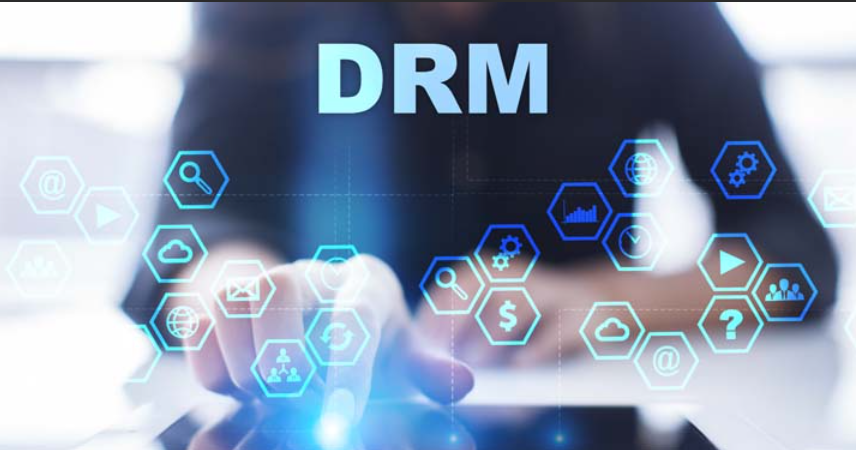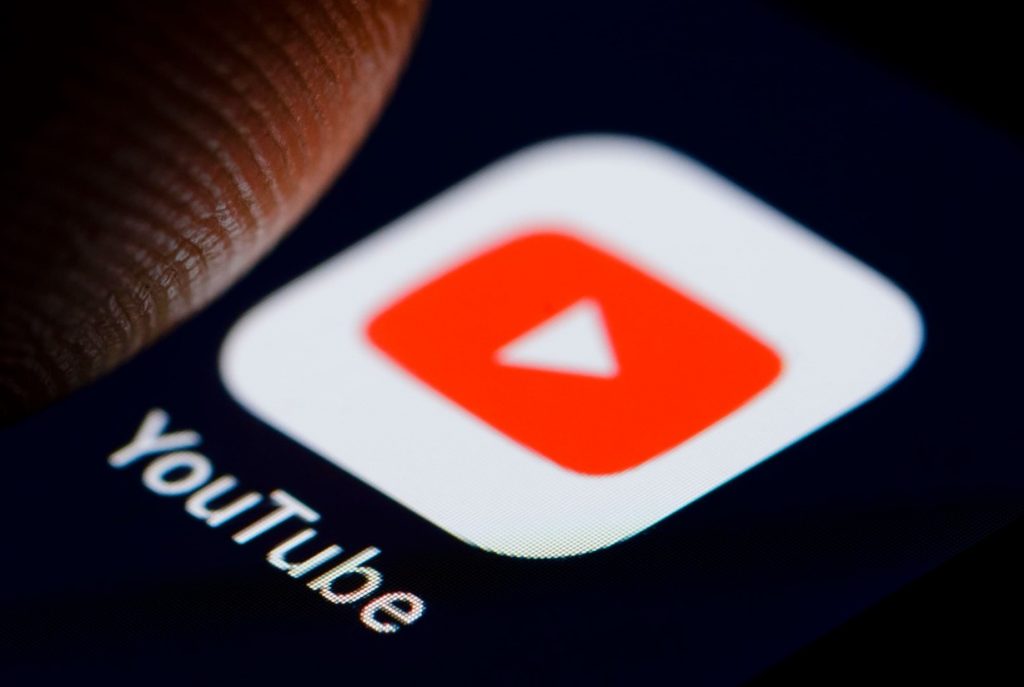Digital Rights Management (DRM) is a tech tool that safeguards digital content. Think of it as a digital lock, keeping unauthorized users away from your precious media files.
DRM can even detect if someone’s trying to record a stream, although tech-savvy users might find ways around it. Still, DRM plays a crucial role in curbing piracy.
In this article, we’ll delve into what DRM is and uncover its top 5 advantages.
What is DRM?

As the name suggests, Digital Rights Management (DRM) is used for controlling the playback and viewing of digital media files.
DRM is a multi-faceted technology that enables companies like Netflix and Amazon Prime Video to control who has access to their content. It can also be used as an anti-piracy measure by preventing users from accessing certain files without paying or watching ads first (for example).
The main purpose of DRM is to control who can access digital content and how they can use it. This technology also helps protect copyrighted material from being pirated or stolen.
Types of DRM
DRM in video streaming is an umbrella term for technologies used to protect content from unauthorized usage. It can be broadly divided into two categories:
- Copy protection – Preventing users from copying or sharing content with others.
- Playback control – Restricting the playback experience of a user by limiting which devices and locations it can be played on.
Software-based DRM can be removed by simply deleting the files, whereas hardware-based DRM cannot be removed without damaging or destroying the device that it’s installed on.
Top 5 Benefits of DRM in Streaming Services

1. Offers Streaming Service Providers Various Means to Secure Their Content
DRM can be used for multiple purposes, such as:
- Preventing content from being copied or otherwise used without authorization.
- Limiting the number of times users can view something (e.g., a movie) before they have to pay for it again.
In this way, DRM helps with protecting content from being illegally accessed online by hackers. It plays a vital role in stopping people from sharing and downloading files without paying for using premium content or streaming it online.
2. DRM Enables Access Control to Content
As previously mentioned, DRM in video streaming is used to secure digital media files from being copied and distributed. DRMs offer streaming service providers several different means of securing their content.
Using DRM technologies, companies like Netflix and Amazon Prime Video can control who has access to their movies and videos. This means you need an Apple TV, Google Chromecast, or another streaming device with compatible DRM technology to stream movies and TV shows on your television set.
DRMs also allow streaming services to control what devices can play their content. For example, Amazon Prime Video uses DRM technologies to ensure that only devices that support its technology will stream movies from the service.
3. Detect Whether a Stream is Being Recorded or Not
DRM can also detect whether a stream is being recorded or not. This means you will have to pay for the content if you want to record it and then watch it later on, so it may not be worth it for consumers to try and get around this issue since DRM will know when this type of illegal activity occurs.
The rights holders usually don’t mind if you record something live, such as a sporting event or concert, but they do object if you try to sell copies of these recordings on your website or through other channels.
If you are a copyright holder, you can use software that will detect if someone is streaming your content without paying for it. This software will send out an alert when this happens, and you can then take action against the user who streamed the content illegally.
If you don’t know how to get around DRM or are worried about being caught, there are many legal ways to watch live sports streams online.
4. Helps Slow Down Piracy
Users who know how to record streams may find workarounds, but having DRM in place still helps slow down piracy.
For example, when one person records a video and uploads it to the internet for other people to download, that’s called “stream ripping.” It’s illegal because the content owner didn’t permit someone else to take what was originally their property.
DRM won’t stop all stream rips from happening – but it does help protect against them by making it harder for others to do so in the first place.
When you’re recording a stream, you may notice that the video quality isn’t as good, or the sound does not get recorded. This is another reason why content owners use DRM: it helps protect their property by preventing others from making copies of it. It can reduce the audio quality of streams or block them entirely.
5. DRM Benefits Both Consumers and Content Creators
DRM-protected video is a win-win situation for both the consumer and the service provider. It ensures your content is protected from being pirated and accessed by unauthorized users. It also prevents hacking into your system, which can be harmful to your business as well as your customers.
The benefits of using DRM are not limited to just these two. It also offers you the following:
- Improved security and privacy protection.
- Access control over your data and files.
Conclusion
DRM in video streaming has become increasingly common in recent years because of its many benefits. Among others, it can help content creators protect against piracy and unauthorized usage of their online premium content.
DRM can not only block unauthorized video streams, but it can also know how many times a certain file has been played. This gives content creators much more control over their intellectual property to ensure that their content is not being used illegally.


Recent Comments